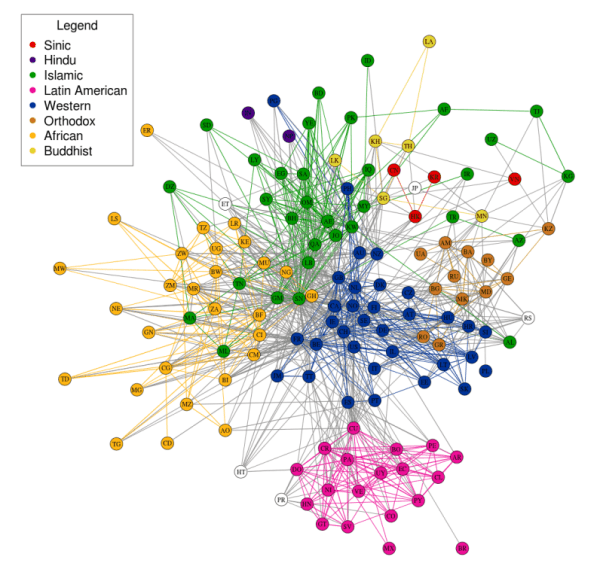Global Email Patterns show Civilizational associations and conflicts
A paper titled “The Mesh of Civilizations and International Email Flows,” written by researchers at Stanford, Cornell, Yahoo! and Qatar’s Computational Research Institute; has come out with rather interesting insights into who in the world is emailing whom? What brings senders and recipients of the email exchanges together?
Apparently, the following factors:
GDP, trade, language, non-Commonwealth colonial relations, and a couple of academic-sounding cultural metrics, like power-distance, individualism, masculinity and uncertainty
Having a border, or a number of international flights or a serious trade relationship – also contributed to higher email traffic. Cultural attributes were studied using the “Hofstede measures”
Some of those anomalies could be attributed to cultural differences. The researchers analyzed culture using the “Hofstede measures,” a set of attributes devised during a study of international IBM employees in the 1980s. Countries with similar levels of masculinity (distinct gender roles) and uncertainty avoidance (society-wide intolerance to uncertain situations) e-mailed more, the study found. Oddly, countries with similar levels of individualism e-mailed less.
The paper also seems to be a partial validation of Samuel Huntington’s “Clash of Civilization” thesis. The diagram of the networks shows that there is an “overlap between civilizations” and some factors – common ones – contributing to associations between similar nations.
Indeed, the validity of Huntington’s ideas with respect to ethnic conflict has come into controversy, and we limit ourselves to showing the validity – at least partial – of this division for communication networks.





